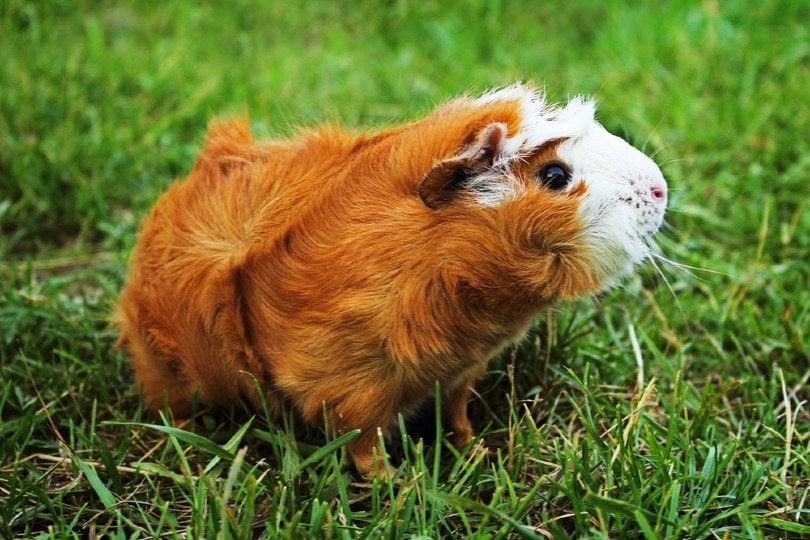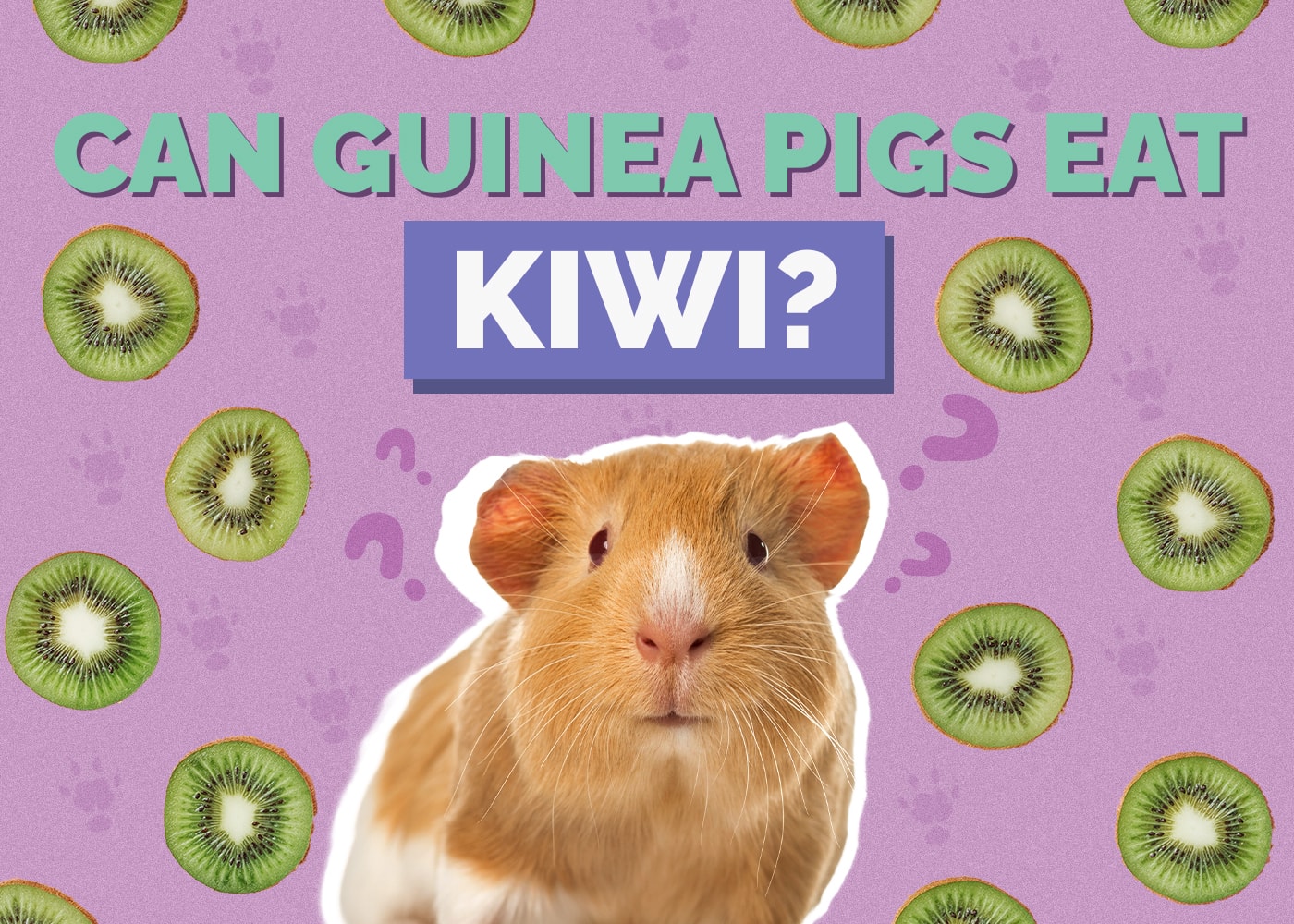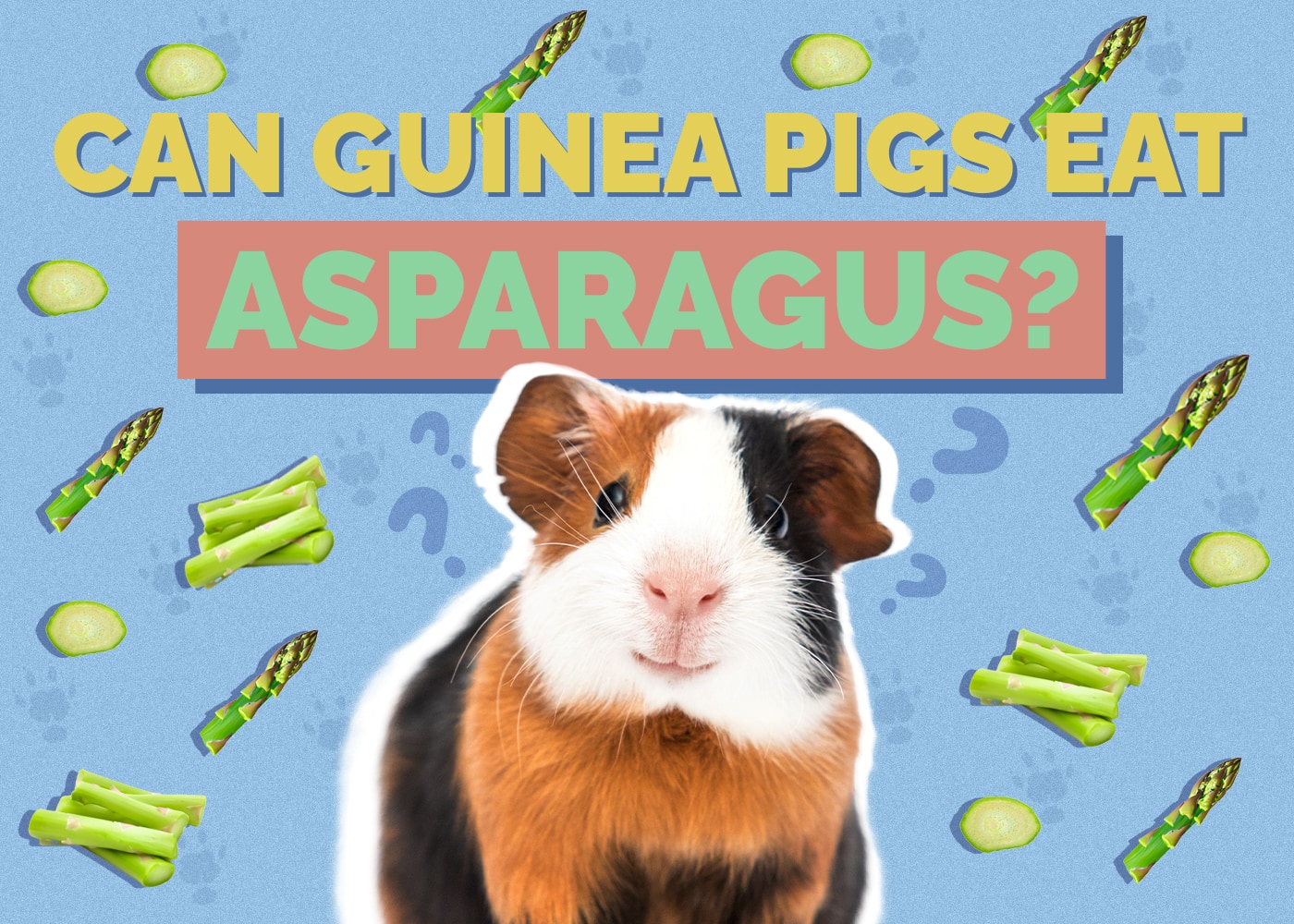What Flowers Can Guinea Pigs Eat Safely? Vet-Approved List
Updated on

Click to Skip Ahead
Have you ever fed your guinea pig and wondered how you can offer a fresher, healthier, and more diverse diet? You can do so with flowers. Guinea pigs are wonderful grazers. Although they prefer grass over anything else, they happily munch on flowers, herbs, and veggies. Because there are hundreds of flowers your guinea pig can eat, this post lists the common edible flowers and herbs you’re likely to encounter. We’re also listing toxic flowers and how you can safely forage for wildflowers in your area. Let’s dive in.
Before You Offer Flowers to Your Guinea Pig
You need to slowly acclimate your guinea pig first. Flowers contain essential oils that can cause an upset stomach or diarrhea if offered in high quantities too quickly. The best way to go about it is to sprinkle a little in the bowl once per week and see how your piggie reacts. If all is well, you can continue to feed flowers to your pig. Once per week is usually recommended.
Remember, if you’re unsure if a flower is safe, it’s best to avoid offering it altogether.
Hay and Veggies Are Ideal
Another thing to remember about flowers is that they shouldn’t replace hay and vegetables. Veggies and herbs contain more vitamins and minerals, so flowers and herbs should be a small part of the guinea pig diet. Think of flowers as the icing on the cake!
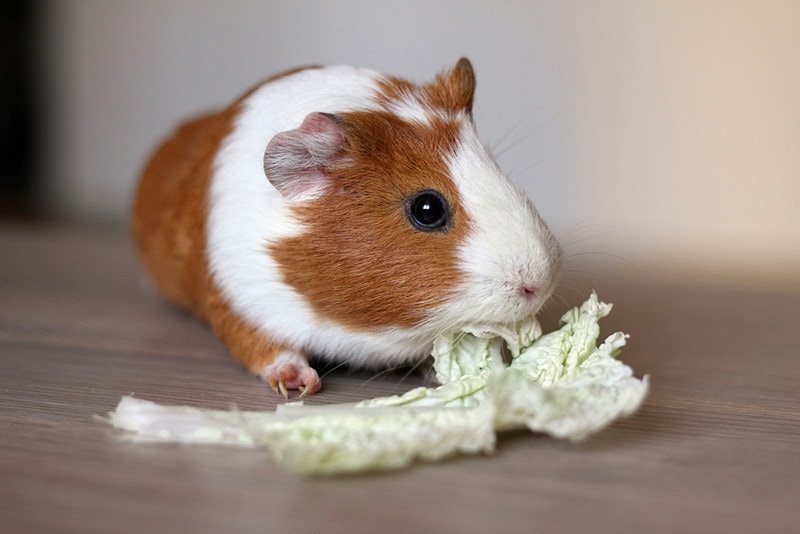
Flowers a Guinea Pig Can Eat Safely
Annuals
1. Marigold
For almost a thousand years, people have used marigolds to treat skin conditions, soothe an upset tummy, deter pests, and as a nice addition to salads. Your guinea pig can also enjoy the flower as a snack. The next time your guinea pig isn’t feeling well or needs some color in its life, add a flower to its bowl.
- Edible Parts: All parts of the flower are edible.
2. Cleaver
Many consider it a weed, but it’s a powerful herb that guinea pigs love to eat. Cleaver grows wild in a lot of backyards all over the globe. When left untouched, it can reach up to 6 feet tall.
Cleaver is mostly used to help inflammation, ease the stomach, and soothe skin conditions, but guinea pigs just love the taste. So, the next time you’re in your backyard, check for cleaver. It may grow wild where you live.
- Edible Parts: The leaves and stems are edible. Guinea pigs should not be fed the seed pods.
3. Raspberry Leaf
Not only are raspberries a delicious guinea pig snack, but the leaves from the plant are as well. Raspberry leaf is a natural relaxant and helps ease diarrhea in guinea pigs. A study in 2002 showed that raspberry leaf is also especially helpful for pregnant guinea pigs as a uterine relaxant.
- Edible Parts: All parts of the plant are edible. Only the leaf was used to test relaxant activity.
4. Lavender
Lavender is more of an herb, but guinea pigs love to munch on the entire plant, including the flowers. Lavender is known for its relaxing properties to help boost sleep, improve mood disorders, and potentially improve skin health. The effects on guinea pigs are yet to be seen, but one thing is certain: they love the flavor.
What’s nice about lavender is the woody stem. Guinea pigs love chewing on the roughage since it helps keep their teeth strong.
- Edible Parts: All parts of the plant are edible.
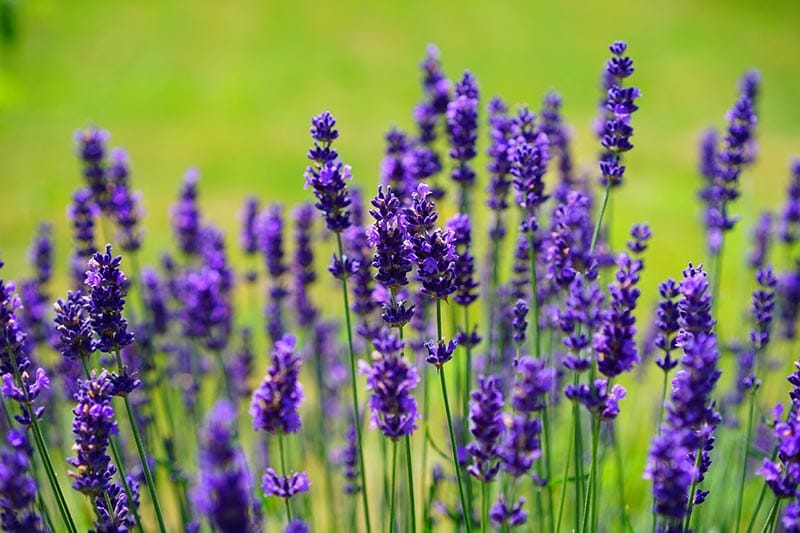
5. Rosemary
Rosemary is packed with vitamin C and antioxidants that support the immune system and overall health of your guinea pig. Without vitamin C, your guinea pig has trouble with healing wounds and maintaining healthy bones, skin, and gums. Like humans, guinea pigs can’t produce vitamin C and must find it in their diet, and rosemary can certainly help.
Rosemary is a very woody herb, so the stems can help keep your pig’s teeth strong as well.
- Edible Parts: All parts of the plant are edible.
Perennials
1. Yarrow
Yarrow, an herb found in hedgerows, grassy banks, or near roadsides and mountains, is a favorite among small animals like guinea pigs. Being one of the oldest medicinal plants worldwide, yarrow contains vitamins A and C and is an excellent natural option for skin and bone health, digestive health, natural inflammation, brain function, and more.
- Edible Parts: All parts of the plant are edible.
2. Rose Hip
Did you know that roses produce their own fruit? It’s called rose hip, and guinea pigs love it. Rose hip is an excellent source of vitamins C, A, E, and B5, and even offers some natural carbs and fiber. You can offer rose petals as well, but they aren’t as nutritious as rose hip.
- Edible Parts: Rose hip and rose petals are edible. Avoid the stems and leaves.
3. Dandelion
Dandelion is seen as a pesky weed but actually serves as food for many wildlife creatures, guinea pigs being one of them. Dandelion is highly nutritious, and packed with vitamins A, C, E, and B vitamins. Dandelion is also rich in several essential minerals such as iron, calcium, magnesium, and potassium.
The health benefits of dandelion are endless, and guinea pigs will happily munch away at the leaves and flowers.
- Edible Parts: All parts of the plant are edible.
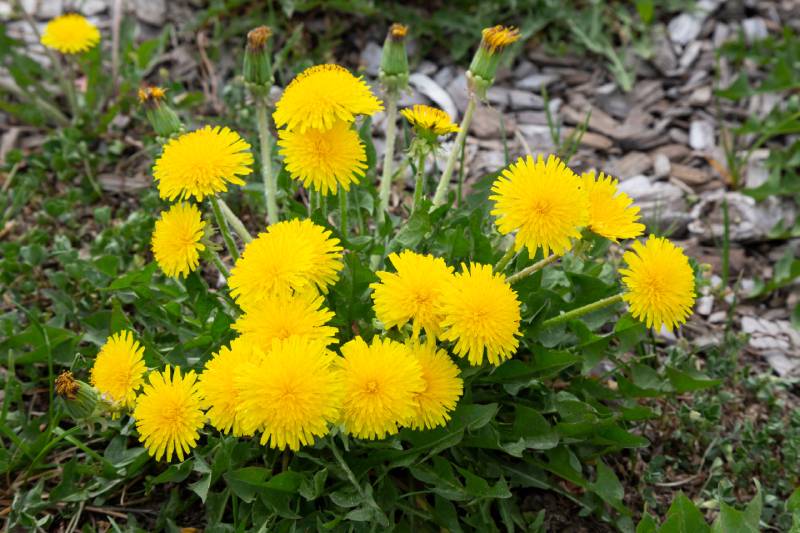
4. Chamomile
Chamomile is a popular tea known for easing tension and pain, and it’s a great treat to serve nervous pigs. Chamomile is also great for digestion, bloat, and inappetence, and is a good source of fiber.
- Edible Parts: All parts of the plant are edible.
5. Clover
Clover is packed with fiber, iron, and vitamin C. You’ll most likely see it growing in bunches during the cooler seasons. If you live in a warm climate, you can easily grow clover indoors and serve it as a fresh salad for your guinea pig.
- Edible Parts: All parts of the plant are edible.
What Flowers Are Poisonous to Guinea Pigs?
Guinea pigs can eat several flowers, but there are a few that you want to avoid at all costs.
- Dahlias
- Buttercup
- Chrysanthemums
- Azalea
- Spring bulbs (tulips, lilies, daffodils)
Guinea pigs aren’t the only animals these flowers can harm. Several animal species have been known to have serious reactions, or worse, so be careful and know your plants. Remember, if you’re unsure if it’s healthy, don’t offer it at all.
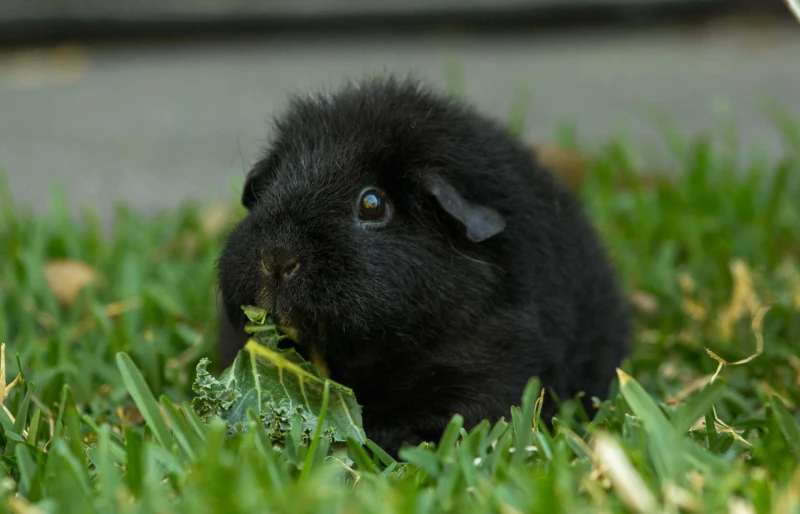
Where to Forage for Guinea Pig Food
The idea of foraging for your guinea pig’s next meal might sound fun, but, the only way to be confident about the condition of the flowers you are selecting is by sticking to homegrown. Flowers in public spaces may have been sprayed with pesticides, fed with potentially harmful fertilizers, even used as a toilet by cats, dogs, and other creatures.
The other problem with picking flowers from places other than your home is that if you didn’t plant it, there is always a risk of misidentifying the plant species. Not to mention, many parks and gardens prohibit the picking of flowers.
Even if you’re limited on space, you could set up a little window box dedicated to growing flowers for your cavy to feast on!
What About Store-Bought Flowers?
If you can guarantee the store-bought flowers are pesticide-free, you can feed them to your guinea pig. However, the odds of that being the case are slim to none. Store-bought flowers are designed to look their best and often have chemical residue on them. It’s best to avoid feeding these to your guinea pig.
Conclusion
So, can guinea pigs eat flowers? Yes, they can, and there are several they can enjoy. Most of the flowers considered safe and edible are probably growing in your backyard.
Featured Image Credit: Szilvia Pap – Kutasi,Shutterstock


